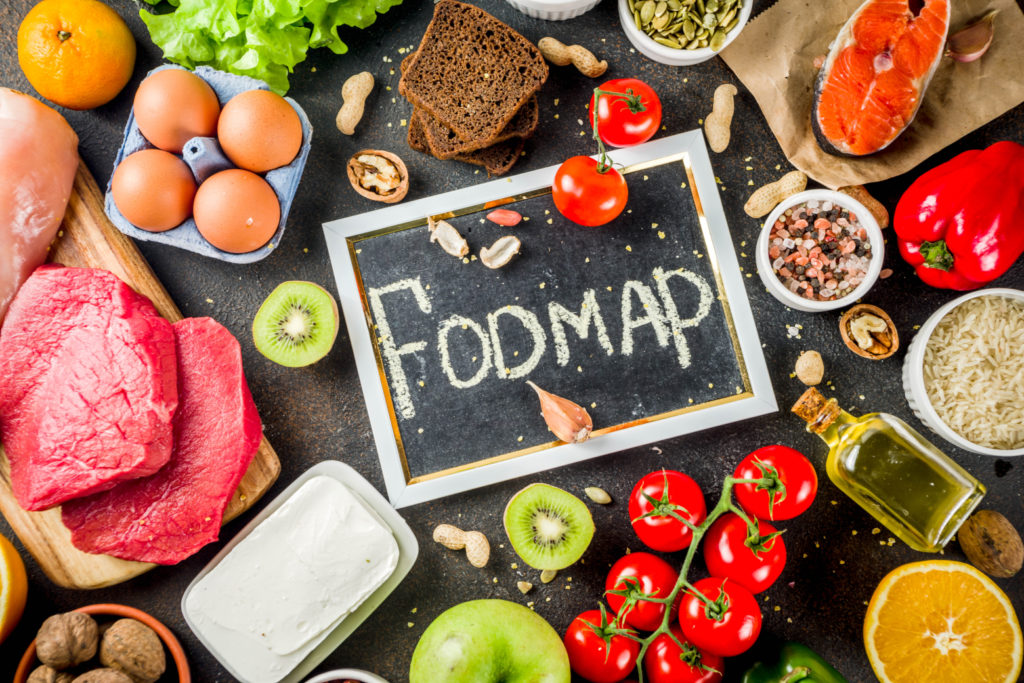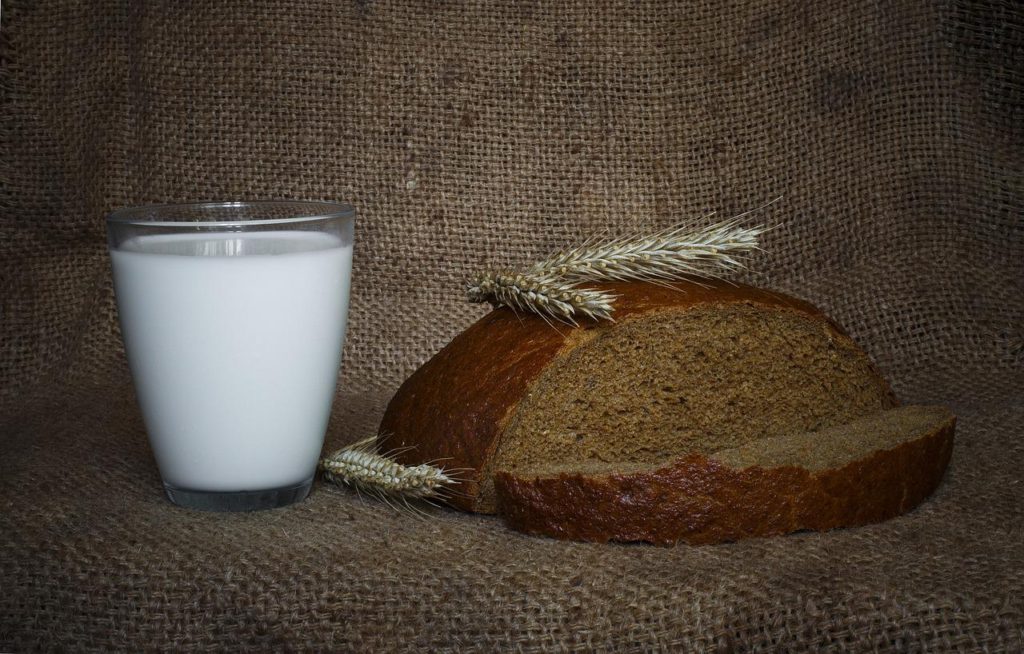Here’s How I Actually Cured Colic
An IBS elimination diet soothed my baby and sanity
Drifting contently asleep after every feeding, all smiles with minimal tears, my daughter truly was the perfect baby. In my naiveté, I was convinced that all those other mothers who lamented over the cries of their babies were faint-hearted wimps.
Until my son came along.
Exactly two weeks after his grand debut into the world, it began. The woeful cacophony of his shrieks carried on throughout the night as I’d pace around the house in frantic desperation just to find some way to console him, always to no avail. Instinctively, I panicked. Surely something must have been mortally wrong to cause an infant to scream for hours on end? Nope, this was just the “unlucky” mystery of colic and there was little that could be done other than keeping him comfortable, a nurse matter-of-factly informed me.
Weeks of marathon-long screams faded into months as I blocked out my life from 8pm-12am (and then, again for a feeding two hours later). It was heartbreaking helplessly watching him suffer like that. I think I repressed most my memories for those first six months as a direct result.
But I wasn’t satisfied with that nurse’s quick resignation to fate. So I investigated. And tried everything in my power. The gripe water. Probiotic drops. Gas drops. Fennugreek. Night drives. Removing spicy foods. White noise. No noise. Formula (which actually did help somewhat until it triggered his acid reflux). All in vain.
A bacon of hope

Several months in, nearing my wits’ end, a random stroke of serendipity led me to the solution. Australia’s Monash University has been studying the effects of an IBS elimination diet, i.e., the low FODMAP diet, on nursing mothers and their colicky babies – and guess what – it’s boasted some impressive results. The best part: it didn’t require any fancy gadgets or specialty items, unless you count a bag of gluten free flour as “specialty.”
So what did they find with this diet?
From Monash’s own site, “After 10 days on a low FODMAP diet, the study reported a 32% reduction in crying and fussiness associated with infantile colic.”
Keep in mind, it was a very small study, and though the improvement may not sound that impressive, within a week, my son completely stopped his excessive nighttime crying. But truly, any reduction in crying would be a win in my book.
Enter FODMAPs (or exit, in this case)
So what is the FODMAP diet and how does it help?
And yes, that’s FODMAP, not foodmap (though that was how I remembered it!) and it’s an acronym that stands for: fermentable oligo-, di-, and monosaccharides and polyols.
Basically, these are all forms of carbohydrates that force water into the gut, and they’re called “fermentable” because they literally ferment in the gut, provoking the pain and indigestion that bothers those with IBS. Though the low FODMAP protocol is a diet typically prescribed as an elimination diet for various digestive disorders, the fascinating part is that it seems to calm the presumed tummy troubles of colic babies too.
What’s more, despite the fact that FODMAPs themselves don’t enter breast milk, researchers hypothesize that altering the mother’s gut microbiome still alters the breast milk in such a way that transfers to the child. The mechanisms aren’t completely known, but the results sure are promising.
And to the skeptics wondering whether my son had just grown out of his colic at the time I changed my diet, I made that same assumption myself! Once he hit around six months, I hurried to my favorite sushi and hibachi bar excited for kimchi, tempura chicken, and ice cream, and the next day treated myself to pizza. Yet within 48 hours, my poor baby was wailing again. I hastily removed the problem ingredients and within a few days, he contentedly quieted down. That was evidence enough for me.
So what the heck is an oligosaccharide and how do I eliminate it?

For once, we won’t dive into the details, but just remember these are all types of carbohydrates – that are found in far more than carby food.
The hardest part about FODMAPs is that unlike other food allergies, no label will explicitly tell you. Here’s a little breakdown:
- Fructose – This is the sugar in fruits and vegetables, but also in many added sugars
- Lactose – Sugar in milk and dairy. You’ll still have plenty of cheese options, but dairy products like milk, yogurt, and ice cream are definitely out
- Fructans – Common in several food items, but gluten is a prime source
- Galactans – Includes legumes like beans, peanuts, lentils, chickpeas
- Polyols – Sugar alcohols that can be in some fruit and vegetables, but are often in artificial sweeteners
Since it’s a lot to take in, here’s an extensive list of both permitted and no-go foods.
Don’t worry if you can’t eliminate all FODMAPs: the general idea is just to keep them as low as possible. A single cracker might not tip the scales in the evening, but if you’re cheating here and there with little success, that might be an indicator to buckle down.
Fortunately, there’s an abundance of recipes online. This has been my favorite source.
Give it a try!
If we’re being honest here, the low FODMAP protocol can be a pretty big pain in the butt, but just remember it’s only temporary – and desserts are still allowed! And, of course, the mere possibility that it could soothe severe intestinal pain makes it feel like such a small sacrifice.
My best advice: set aside a jar and for every restaurant you can’t visit during this period, toss in the money until colic has resolved. Then, congratulate yourself and your baby for passing the milestone! Going out all on your favorite entrees and treats will never feel so deserved since sticking to something this stringent for the sake of your baby is no small achievement.
And for now, as they say, remember this too shall pass.


